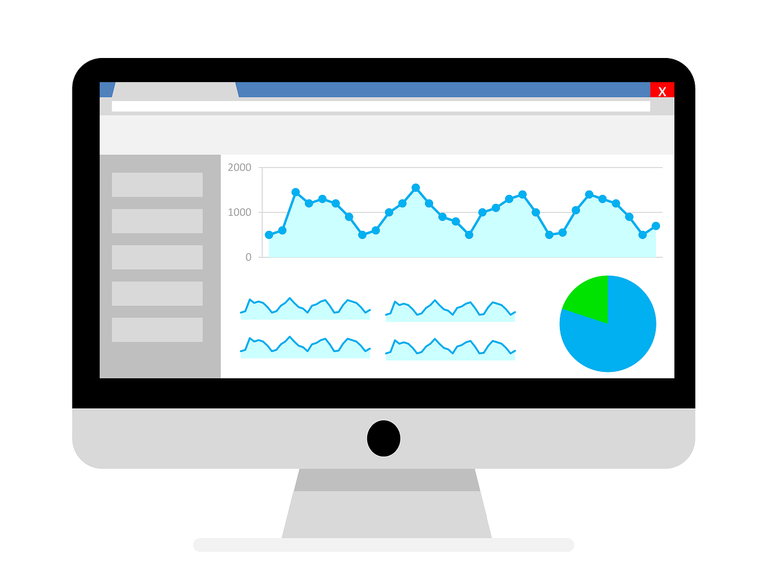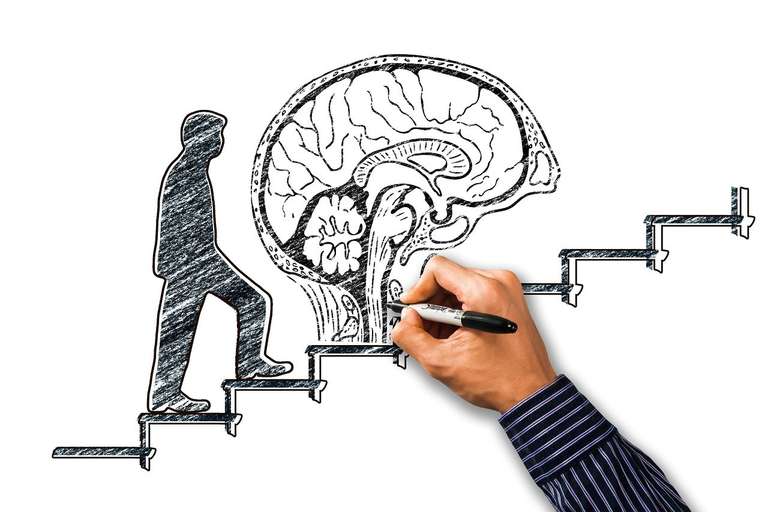Services
MindGraph covers a wide array of tasks ranging from data collection, transformation and analysis to presenting insights and onboarding users to interactive tools and reports. My unique experience has thought me the importance of relating data to a business context and designing products that are tailored to the end user's needs, also when that user is a non-technical person. Below, you can read more about which areas MindGraph can help you in.







